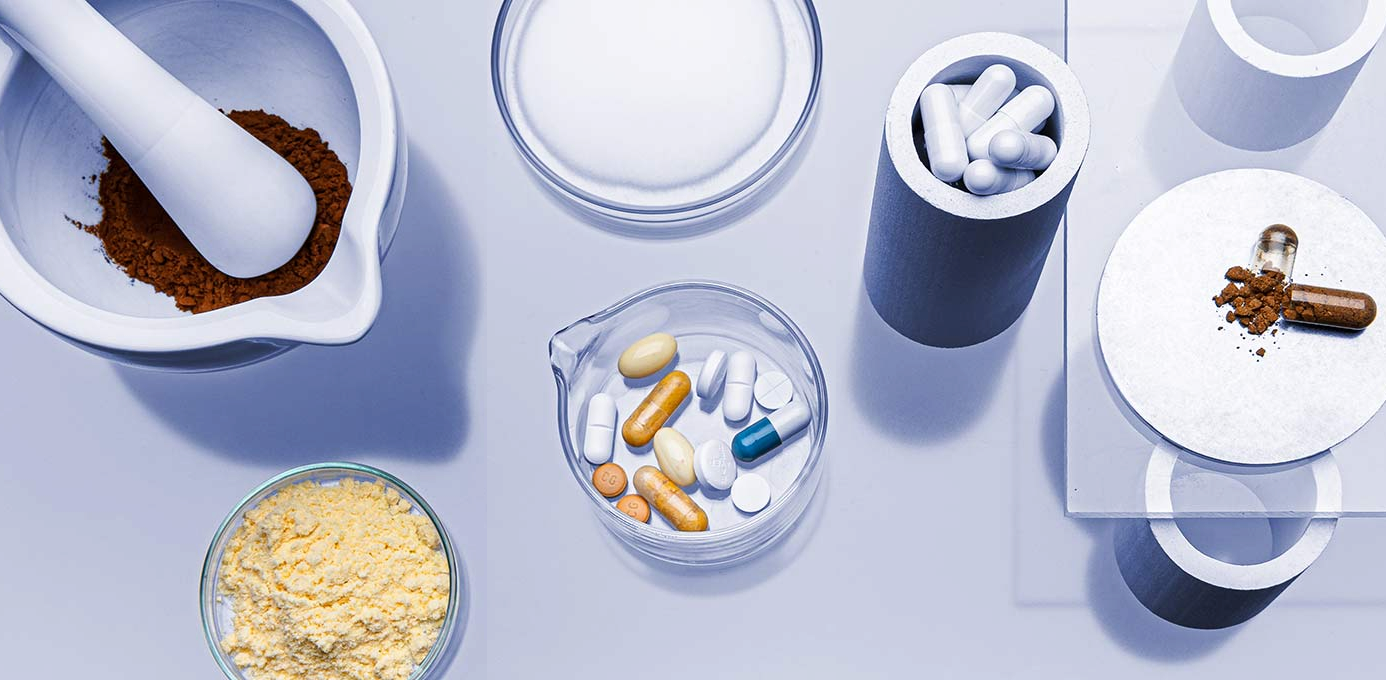| Prerequisites: |
None. The course can be followed also by students from the curriculum ‘Materiali’ since it deals with solids (granules and powders) whose application goes beyond the specific cases of food and pharmaceutical materials. |
| Target skills and knowledge: |
1. Knowledge of the physical and/or chemico-physical principles that characterize the behavior of granular materials and powders.
2. Knowledge of the design criteria, scale-up and selection of some of the equipments used in the food and pharmaceutical processes involving granular solids.
3. Ability to communicate technical information from experiments in written English form. |
| Examination methods: |
One written test and one laboratory technical report.
1. The written test (80% of the final grade) includes both numerical exercises and theoretical questions. Exercises aim at evaluating the skills acquired in the design, verification, scale-up or selection of some of the equipment processing granular solids. Questions aim at verifying the knowledge of the principles and laws that regulate the behavior of granular solids in the industrial context.
2. The laboratory report (20% of the final grade) aims to corroborate learning through the practical and direct repetition of some topics explained during the classroom. It also serves to verify technical communication skills in written English form.
NOTICE. With reference to the pandemic emergency in progress, if the constraints of social distancing will persist, the exams will be carried out in oral on-line form and the laboratory will probably be replaced by a desk activity. |
| Assessment criteria: |
1) the adequate knowledge of the concepts taught in class 2) the understanding of the subject and 3) the exhibition capacity of what was acquired in class and during the workshop will be verified. |
| Course unit contents: |
1. PRINCIPLES: Materials in the form of granular solids and powders used in the food and pharmaceutical industries. Properties and characterization of granular solids (shape, size, apparent density, surface area, porosity) (4h). Distributed properties of collections of solid particles and their representation (4h). Types of forces between particles (solid-solid contact) and between particles and fluid; problems of smoothness and wettability of dusts (6h). Static and dynamic analysis of stresses in solids (solid mechanics) (4h).
2. SYSTEMS: Criteria for sizing silos and hoppers; functions and flow factors (6h). Segregation and mixing of solids; evaluation of the quality of a mixture and overview of sampling; types of mixers, their scale-up and choice; (5h). Wet granulation: agglomeration mechanisms and scale-up principles of agitated granulators (5h). Comminution: physical principles and choice of mills and energy evaluation of the process (5h). Mechanical separation operations (screening): selection and sizing of industrial screens (5h).
3. LABORATORY: Detailed description of the activities that will be carried out in the laboratory. Description of laboratory rules for safety. Indications to write a technical report in a clear and concise form (2h). |
| Planned learning activities and teaching methods: |
1. Frontal lessons.
2. Numerical exercises performed in class.
3. Attendance of practical workshops (2 sessions for a total of 5-6 hours). |
| Additional notes about suggested reading: |
Student’s notes + slides of the lessons + annotated slides by the teacher during thelecture (graphical tablet/digital ink) and distributed as .pdf via Intranet (Moodle platform). |
| Textbooks (and optional supplementary readings) |
- Holdich, Richard G., Fundamentals of Particle Technology. Shepshed: Leicestershire, Midland Information Technology & Publishing, 2002.

- Rhodes, Martin J., Introduction to Particle Technology. Chichester: Wiley, 1998.

- Barbosa-Canovas, Gustavo V., Food Powders: physical properties, processing and functionalityGustavo V. Barbosa-Cànovas, [et al.]. New York: Kluwer Academic / Plenum Publishers, 2005.

- Litster, Jim, Design and Processing of Particulate Products. Cambridge: Cambridge University Press, 2016.

|

